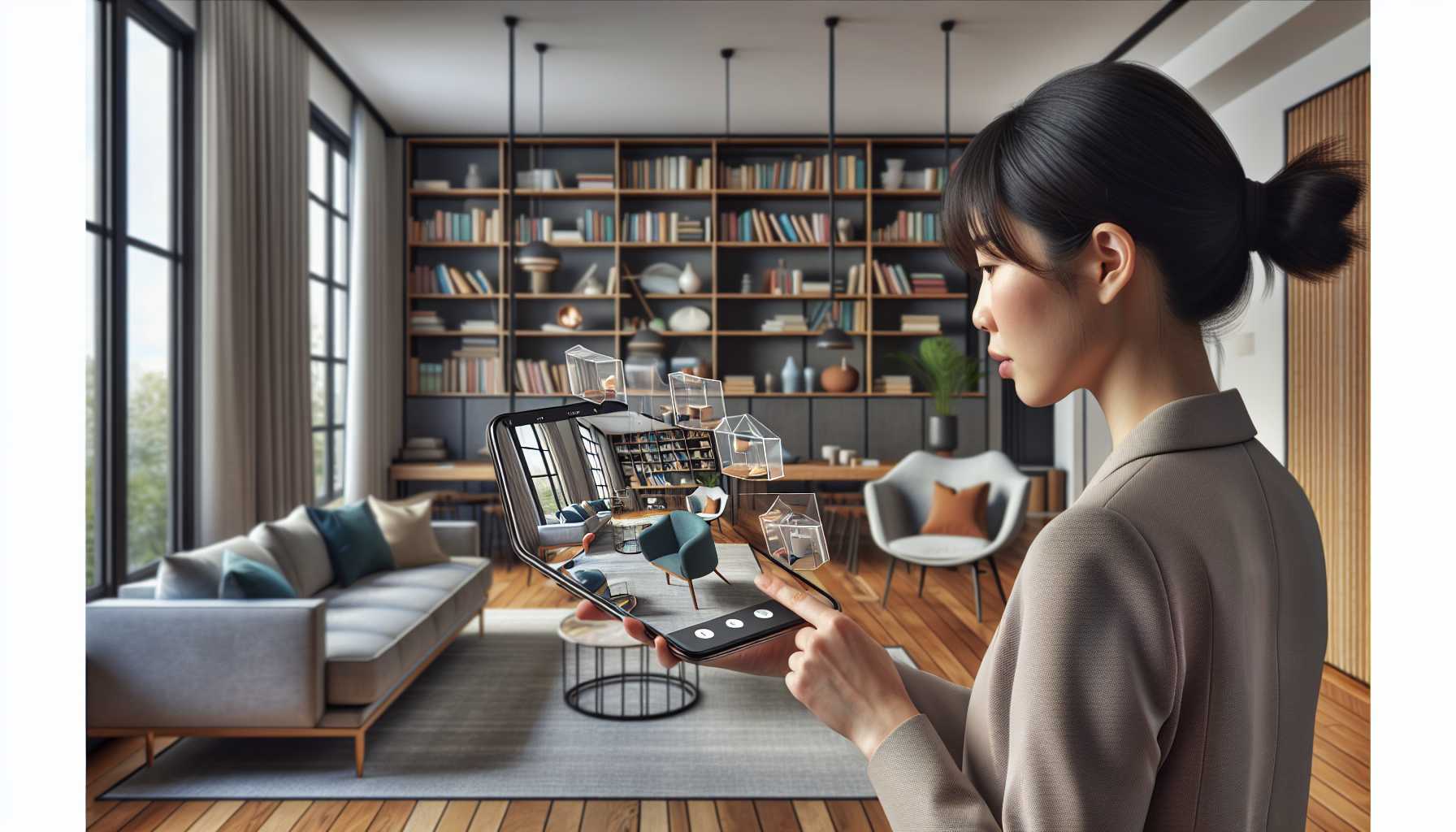Augmented Reality in Shopping Apps: Adoption and Benefits
Augmented reality (AR) is rapidly transforming the shopping experience, offering interactive and immersive features that enhance the traditional online journey. But how many people in the USA are actually using AR features in shopping apps? The answer is: it’s difficult to say definitively.
While there’s no single, universally accepted figure, various studies and reports offer insights into the growing adoption of AR in shopping. Here’s a breakdown of what we know:
- A 2022 report by Statista estimated that 100 million users in the US will use AR for shopping by 2025. This represents a significant increase from previous years, highlighting the rapid growth of AR adoption.
- A 2021 survey by Shopify found that 61% of consumers are interested in using AR for online shopping. This indicates a strong potential for AR to become a mainstream feature in the coming years.
- Several case studies showcase the success of AR implementations by major retailers. For instance, IKEA’s AR app has been downloaded over 1 million times, demonstrating the appeal of AR for furniture shopping.
While the exact number of AR users in the USA remains uncertain, the available data suggests a clear trend of increasing adoption. As more retailers integrate AR into their apps and consumers become more aware of its benefits, we can expect the number of AR users to continue rising in the years to come.

Benefits of Using AR in Shopping Apps
The growing popularity of AR in shopping apps can be attributed to its numerous benefits for both consumers and retailers:
For consumers:
- Enhanced product visualization: AR allows users to virtually “try on” clothes, visualize furniture in their homes, and see how products would look in real-world settings.
- More informed purchase decisions: AR provides a more interactive and engaging shopping experience, enabling users to make more confident purchase decisions.
- Increased convenience: AR features can simplify the shopping process, allowing users to compare products side-by-side and find the best deals.
For retailers:
- Improved customer engagement: AR can increase customer engagement and brand loyalty by creating a more interactive and memorable shopping experience.
- Increased sales: AR can lead to higher conversion rates by helping customers visualize products and make informed purchase decisions.
- Reduced product returns: AR can help reduce product returns by providing customers with a more accurate understanding of what they are buying.
The Future of AR in Shopping
With its numerous benefits, AR is poised to play an increasingly important role in the future of shopping. As technology advances and consumer adoption grows, we can expect to see even more innovative and immersive AR experiences emerge.
Here are some potential future trends:
- More sophisticated AR experiences: AR features are likely to become more sophisticated, offering even more realistic and interactive experiences.
- Wider adoption across industries: AR is expected to be adopted by a wider range of industries, including grocery, beauty, and automotive.
- Integration with other technologies: AR is likely to be integrated with other technologies, such as artificial intelligence and voice assistants, to create even more seamless and personalized shopping experiences.

Conclusion
While the exact number of people using AR features in shopping apps in the USA remains uncertain, the available data suggests that AR adoption is growing rapidly. With its numerous benefits for both consumers and retailers, AR is poised to play an increasingly important role in the future of shopping.
